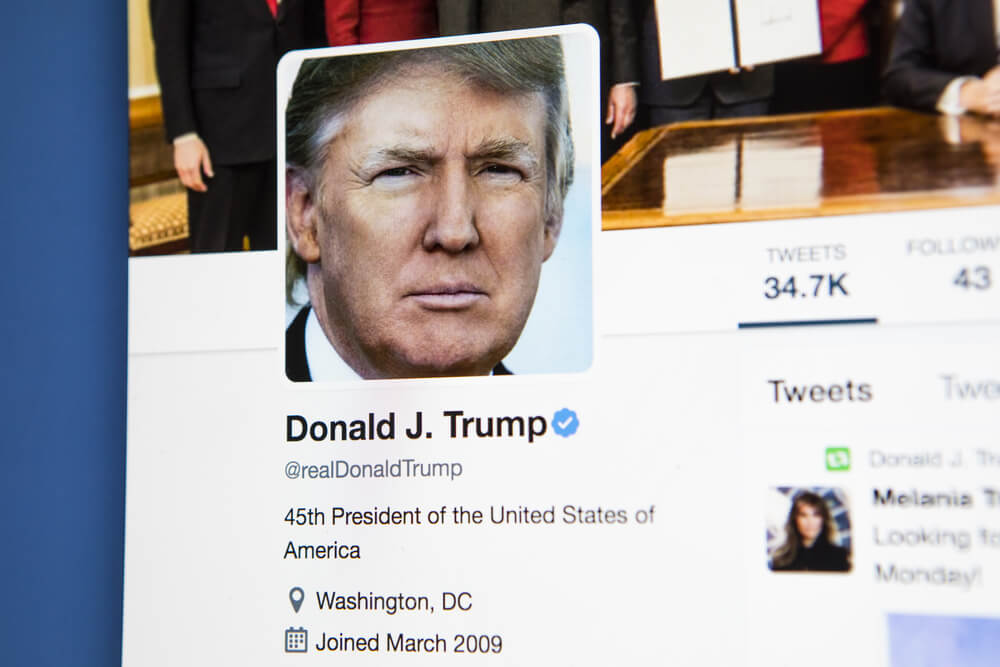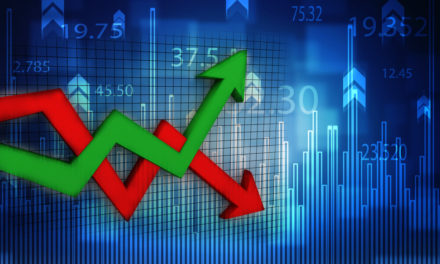President Donald Trump’s tweets are having an effect on the stock markets, so much so that JPMorgan & Chase has created a new index, the “Volfefe Index,” to analyze how they are influencing volatility in U.S. interest rates and bond markets.
Out of about 4,000 non-retweets coming during market hours from 2018 to today, about 146 of the tweets moved the market.
The president’s tweets actually increased during the month of August as he slammed China numerous times on trade, and went after the Federal Reserve for not lowering interest rates fast enough.
The index, named after Trump’s infamous “covfefe” tweet when he strangely wrote “Despite the constant negative press covfefe” shortly after midnight on May 31, 2017, explains a measurable fraction of the moves in implied rate volatility for 2- and 5-year Treasurys, according to CNBC.
“This makes rough sense as much of the president’s tweets have been focused on the Federal Reserve, and as trade tensions are broadly seen as, first and foremost, impactful on near-term economic performance and, likewise, the Fed’s reaction to such developments,” JPMorgan wrote in a report.
Trump’s tweets move markets, particularly regarding the trade war, which whipsaws indices back and forth with seemingly every word uttered, positive and negative. According to JPMorgan, Trump tweets with words like “China,” “billion” and “products” are increasingly less likely to get likes and retweets from his 64 million followers.
Since his election in 2016, Trump tweets an average of about 10 times a day, about 14,000 times since then from his personal account, with 10,000 occurring after his 2017 inauguration. Out of about 4,000 non-retweets coming during market hours from 2018 to today, about 146 of the tweets moved the market.
Most of Trump’s tweets come from noon to 2 p.m., with a 1 p.m. tweet being about three times more likely to come than at any other hour of the afternoon or evening, according to the report.
Surprisingly, Trump’s 3 a.m. tweets are more common than 3 p.m. tweets, which is a headache for U.S. rate markets because overnight depth tends to be thin, according to CNBC. The report also notes that Trump is most likely to sleep between 5 a.m. and 10 a.m. because there’s a lull in tweeting activity between those times.
According to Bank of America Merrill Lynch, days Trump tweets the most are generally negative for stock market returns.
Since his inauguration, the Dow is up 31%.
“Trade talk, political campaigning and tweets have contributed to volatility, from China to Fed policy to tax policy,” JPMorgan’s report notes. “And new tariffs announced in August indicate downside risk to our 2019/20 EPS growth forecasts of +2%/+7%, where indirect impacts from hits to corporate or consumer confidence could be significant.”




